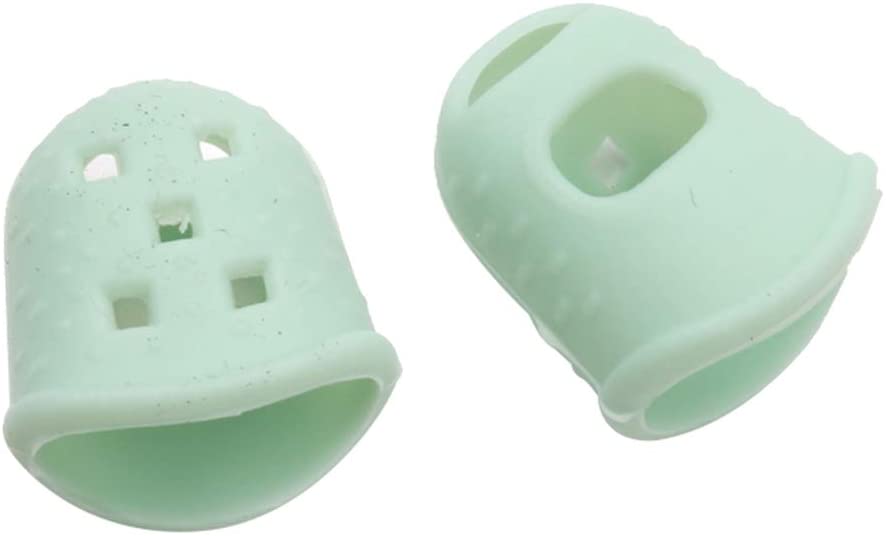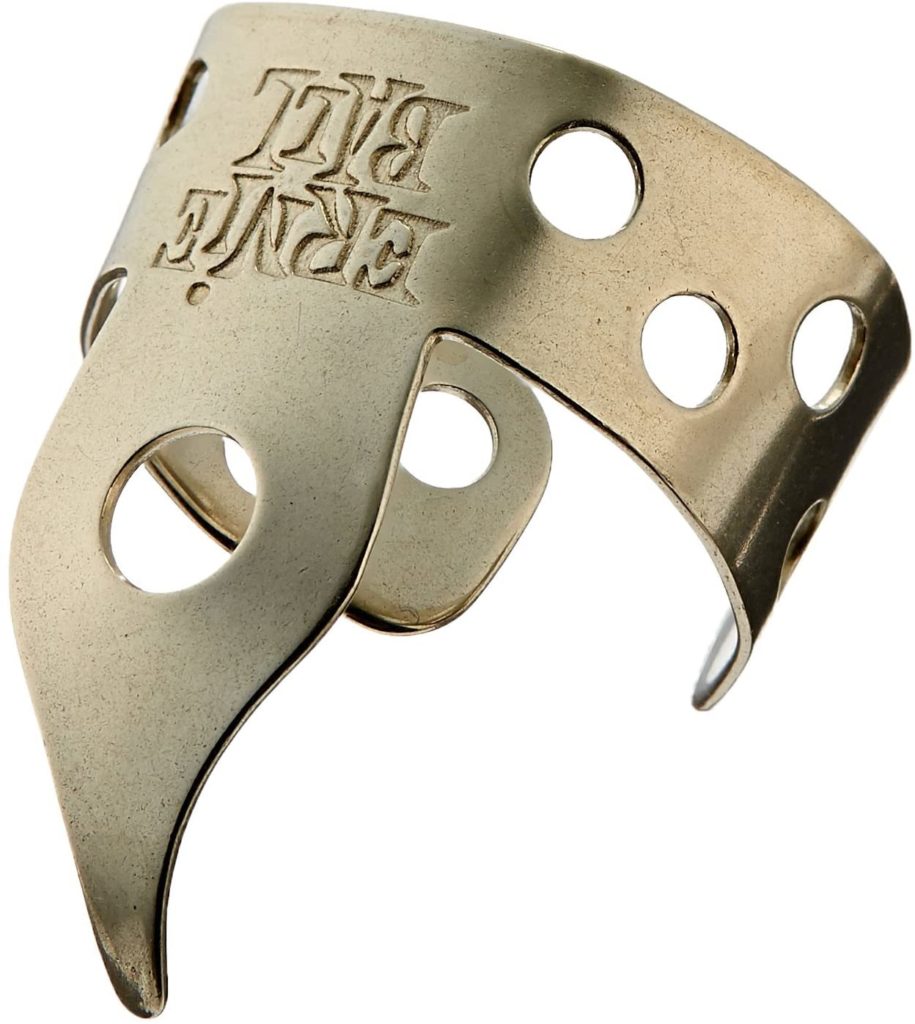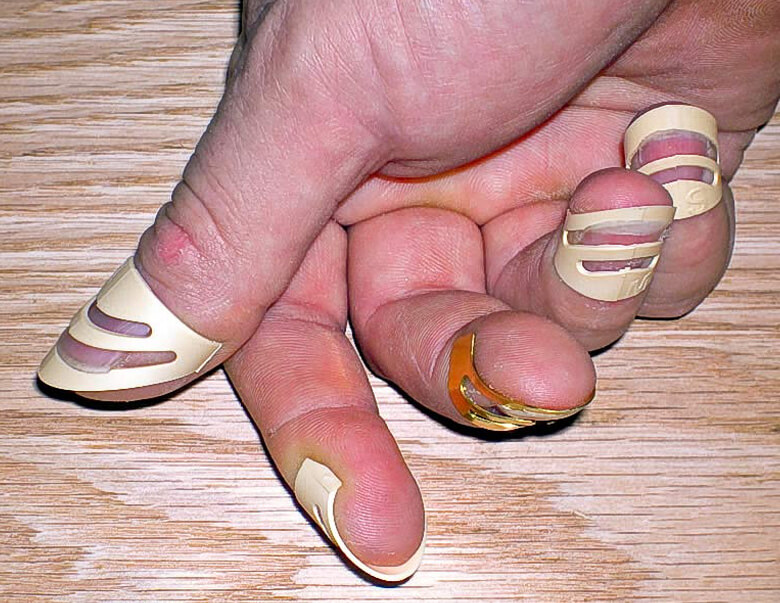More and more people are starting to play kalimba, and one of the main questions you might encounter is whether you need nails to play the thumb piano.
These instruments have metal tines, and players usually pluck them with nails, but for someone who isn’t willing to grow their nails, the question remains.
So, do you need nails to play kalimba? The answer is no. While some techniques require you to pluck tines with nails, you can try some of the alternatives instead. There are many ways to play kalimba, and nails are just one of the many options available.
Some use the flesh to pluck tines, and while this method is still viable, there might be a slight change in the sound.
What Is The Easiest Way To Play The Kalimba Without Much Pain

You probably saw a standard seventeen note kalimba, which means that you are aware of the metal tines players pluck to get the desired note. These tines are made of stainless steel or other types of metal, and playing the instrument might become a bit painful.
This is especially apparent if you don’t have nails and use your thumbs to play kalimba. After a couple of hours, you will notice how painful it had become. Fortunately, there are some ways to avoid sore thumbs and make the whole process easier.
The answer to all of your problems is nails. Similarly to the way classic guitar players have nails on the right hand (or left if they are left-handed), you might want to grow your nails as well. The reason why this is the best option is that you will use nails to pluck tines and avoid feeling any pain in your thumbs.
Of course, if you still want to play without growing nails, your fingers will build calluses over time, which will make the whole process less painful. However, you will need to stay strong and push through the pain if you want to get calluses and enjoy pain-free kalimba sessions.
Make Sure Your Nails Stay Strong

If you are one of the people that opted for “the proper way” of playing kalimba, growing nails can also prove to be problematic. The main issue with nails is that they need to be strong if you want to use them for playing an instrument.
Similarly to building the strength of other body parts, you will need to make your nails strong. One of the ways to do this is to use a nail polish, which will simply add another layer to make it tougher.
Many guitarists who play classical guitar have to go through a whole process of breaking their nails over and over again until they become tougher so they can use it for playing.
Unfortunately, there is a chance that you will have to go through this as well. If you want to be a kalimba player, you need to know that your nails will break and that you will have to grow them again.
After a while, your nails will become tougher and you will be able to enjoy painless sessions and using different techniques.
One of the main reasons why you should grow your nails is that the tone that comes out of the kalimba if you have nails is cleaner, sharper, and generally, better than the one without them. So, take your time, and focus on practicing the instrument.
The Best Thumb Picks For Kalimba – Alternatives To Nails
So what if you don’t want to grow your nails and don’t want to feel pain while playing the kalimba? If you thought that you should give up on playing the instrument, you’d be wrong. One of the best alternatives for nails is thumb picks.
These picks act as a replacement for your natural nails, and after you’re done playing the kalimba, you can simply take them off and continue with your life.
Rubber Thumb Protectors
Some players love using protectors for their thumbs, and they will undoubtedly do their job. You won’t feel a thing while plucking the tines, which might be the only problem with these protectors.
You will have to practice a lot to understand what you’re doing and to get the feel of the instrument. Since your thumbs will be covered, you won’t get any sensation or pain while playing kalimba. You can check one of the protectors for thumbs on the link below.
Plastic Thumb Pick
But thumb protectors aren’t the only types available. You can also get a real pick to use, and there are so many well-known companies designing picks for thumbs.
Besides having to pick the type, design, and color, you can also choose between different materials. The most popular type, of course, is plastic, but you can also find metal ones. Dunlop is one of the best companies when it comes to picks, and it came as no surprise that they offer excellent thumb picks as well.
Metal Thumb Pick
Metal picks, on the other hand, are meant to last for quite a while. But the main issue with metal plectrums is that they can damage the instrument.
Similarly how picks can destroy strings on the guitar, you might damage the tines of your kalimba. You will need to be quite careful when using one of these, so it might be a good idea to check other types.
And if you are still wondering about whether picks are a good option, you can check the link below and hear the difference you get from using one of the picks for thumbs.

Alaskan Pick
Finally, one of the most popular types for kalimba is the Alaskan pick. These will act as fake nails and you won’t have to adjust them for playing thumb piano.
As you can see on the link below, they are perfectly designed for plucking tines, and you will have a challenging time finding a better replacement for nails. Unfortunately, not every player can use these, and they aren’t a “perfect fit” for every thumb.
The best idea would be to try it out first, and if you can use them, then Alaskan picks are perfect for you.
Is It Still Possible To Play The Kalimba With The Thumb Flesh?
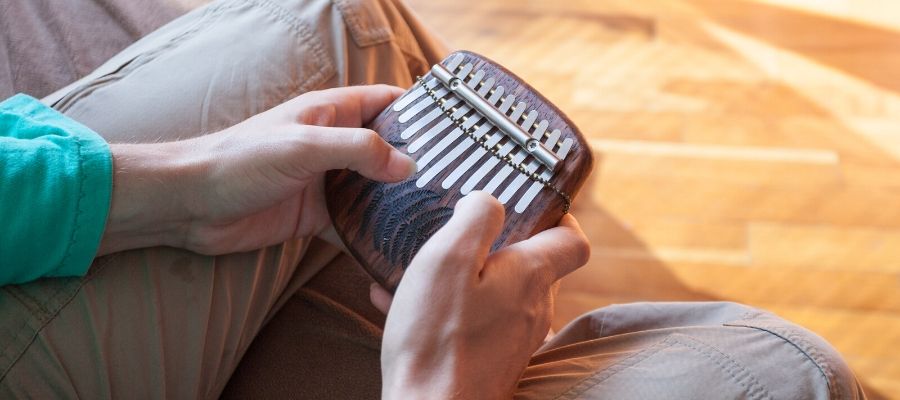
Playing the kalimba with thumb flesh is quite possible. Many people aren’t really willing to let their nails grow for various reasons. Some don’t like the look of it, consider it too demanding, or some other reason.
Whatever your own reason may be, you don’t need to grow nails if you don’t want to. But you should be prepared for a little pain before you get used to it.
Metal parts of the kalimba, or tines, don’t have sharp edges, but it will still hurt your thumbs especially if you never played any other instrument.
Similarly to how guitar players have to go through weeks of pain until they build calluses, you will need to strengthen the skin on your thumbs before you can enjoy playing the kalimba.
Of course, you can always focus on shorter sessions and breaks between them to avoid hurting your thumbs.
However, to master any instrument you will need dedication and hours upon hours of practice. If you want to achieve this, without growing nails, you will need to strengthen your skin.
Tips On Building Up The Calluses On Your Thumbs
There are several ways you can build up calluses and make the skin on your thumbs thicker. So, without further ado, let’s see the best way to reach that pain-free kalimba playing.
Play The Instrument
The first and probably the best way to build calluses on your thumbs is by playing kalimba. You should practice the instrument for as long as you can, and over time, your fingers will get used to the whole process of plucking tines, and you won’t feel any pain.
While there are other options available, using the instrument and practice to build calluses is undoubtedly the best possible option. The main quality of this option is that you will build calluses in a natural way, and you will practice playing the instrument.
Don’t Play After A Shower

When you take a shower or if you go for a swim, your skin will be a lot softer. If you played an instrument for a while, you might even lose calluses after taking a bath, because the skin will shed when you start playing.
While keeping your hands clean is important, you should always dry them properly before you grab your thumb piano.
Super Glue
One of the easiest ways to create fake calluses is to use super glue. While this process won’t create calluses, it will make your playing more comfortable.
If you decide to try out this option, be sure to avoid gluing your fingers together, and try not to use too much glue. If you use only a drop of it, you won’t have to worry about glue crumbling when you start playing.
Focus On The Routine
As with any other instrument, continuity plays an important role. If you take one or two hours every day, it will have a significant impact on your technique and playing skills. But it will also do wonders for your calluses.
The skin on your fingers will get used to sensation that comes from tines, and they will easily adapt. With proper routine and continuity, your thumbs will become tougher and you’ll be able to play for hours without feeling any pain.
Summary
When it comes to playing kalimba, the best option is to grow nails. This way, you will avoid experiencing any pain in your thumbs and you’ll be able to play for as long as you like. But if growing nails is not a possibility for you, fear not!
There are other options you can try. The most obvious is to use rubber thumb protectors or thumb picks. These will allow you to protect the flesh on your thumbs and avoid experiencing pain while playing the kalimba.
But playing kalimba using flesh on the thumbs is also an option. However, you will need to push through the pain until your fingers get used to it, and you build calluses that will allow you to play for hours without any problems.
If you found this article useful you may want to save this pin below to your Kalimba board
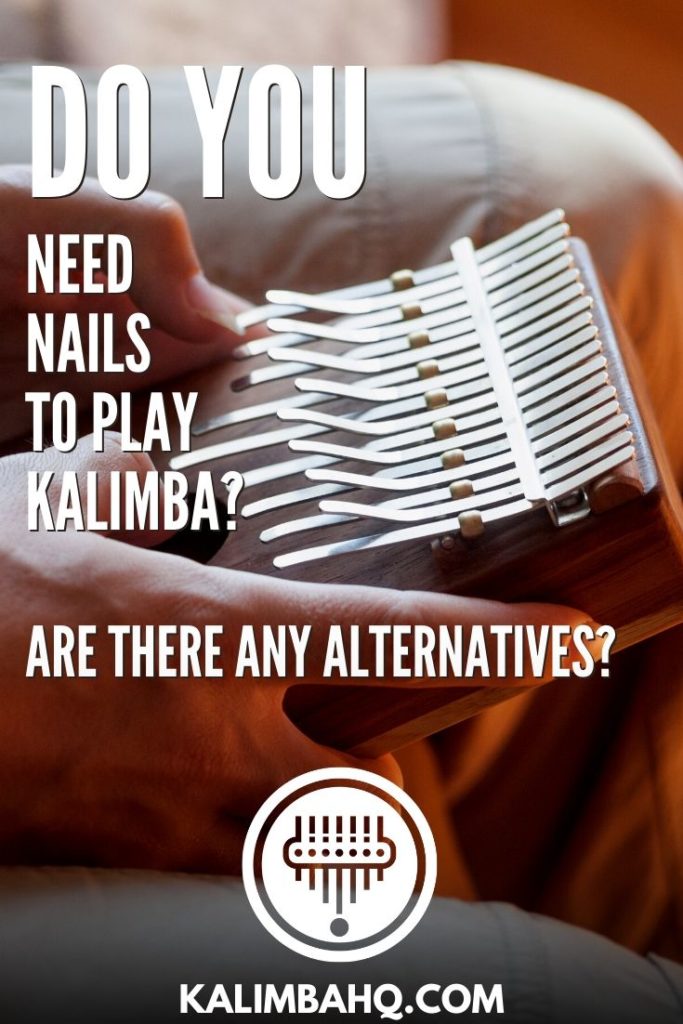
Recent Posts
How To Play “How Deep Is Your Love” On Kalimba - Tabs Included
There are so many incredible songs you can learn to play on Kalimba, but if you are a beginner, the best idea would be to go easy. But finding a perfect song to learn is never easy. Fortunately, this...
Jingle Bells is among the most commonly sung (and the most well-known) songs in the world. Everyone heard of this one, and it is one of the go-to songs for beginner musicians. Regardless of...


